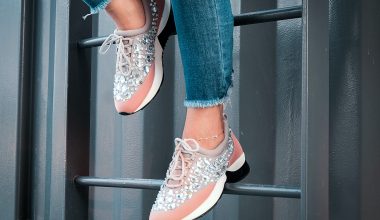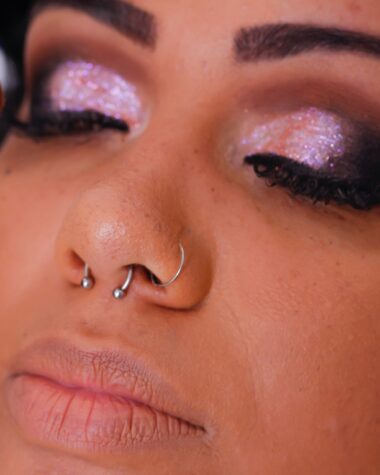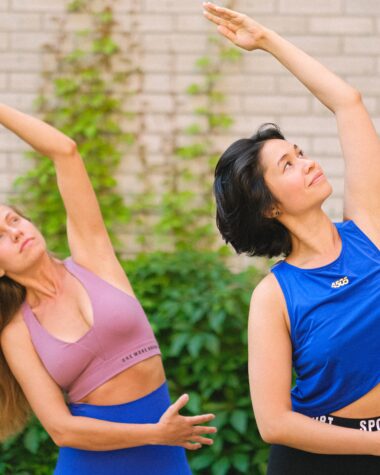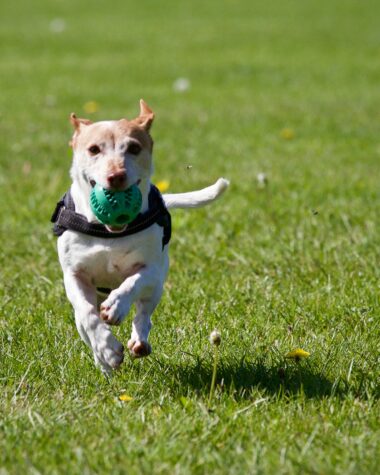Introduction
“Turf Burn Prevention: Tips for Athletes and Sports Enthusiasts” is a comprehensive guide designed to help athletes and sports enthusiasts minimize the risk of turf burns and related injuries. Turf burns, caused by friction between skin and artificial turf or rough playing surfaces, can be painful and affect performance. This introduction highlights the prevalence of turf burns in sports, emphasizing the importance of preventive measures. The guide provides practical tips on choosing appropriate clothing and protective gear, proper warming-up techniques, and injury prevention exercises. By promoting awareness and adopting proactive strategies, athletes can reduce the likelihood of turf burns, ensuring a safer and more enjoyable sports experience.
The Importance of Turf Burn Prevention
The importance of turf burn prevention cannot be overstated, as turf burns can lead to pain, discomfort, and potential complications for athletes and sports enthusiasts. The friction and abrasion caused by contact with artificial turf or rough surfaces can result in painful injuries that may hamper performance and require significant recovery time. Preventive measures are vital in safeguarding athletes’ well-being, allowing them to focus on their sport without unnecessary distractions. By adopting appropriate clothing and protective gear, athletes can reduce the impact of turf contact and minimize the risk of burns. Proper warming-up techniques and injury-prevention exercises can enhance muscle flexibility and strength, providing an additional layer of protection against turf-related injuries.
Proper Gear and Equipment for Turf Burn Prevention
Proper gear and equipment play a crucial role in turf burn prevention for athletes and sports enthusiasts. Wearing appropriate clothing is essential, with long-sleeved shirts, full-length pants or tights, and high-quality compression garments providing added protection against turf friction. Specialized turf shoes with durable soles and supportive ankle structures reduce skin-to-turf contact and minimize the risk of burns. In sports such as soccer, football, or field hockey, wearing knee and elbow pads can provide an extra layer of protection for vulnerable areas. Additionally, incorporate slide shorts or padded undershorts with strategically placed padding shields against turf abrasion during sliding movements. For specific sports, consider using gloves, shin guards, or helmets as required. Ensuring gear fits properly and is well-maintained is essential to maximize its protective benefits. Investing in high-quality gear designed for turf burn prevention not only reduces injury risks but also fosters a sense of confidence and focus during play, enabling athletes to perform at their best without being hindered by painful turf burns.
Stretching and Warming Up Before Playing on Turf
- Dynamic Stretching Routines: Stretching and warming up before playing on turf is crucial to prepare the body for the demands of sports and reduce the risk of turf-related injuries. Engaging in dynamic stretching routines, such as leg swings, high knees, and lunges, increases blood flow to muscles, enhancing flexibility, and range of motion. This allows the body to better adapt to the specific movements required on turf surfaces.
- Warming Up Gradually Increases Heart Rate: Warming Up gradually increases heart rate and body temperature, priming the muscles and joints for optimal performance. Short bursts of light jogging or dynamic exercises help activate the neuromuscular system, improving coordination and balance.
- Prevent Muscle Strains and Overuse Injuries: Targeting muscles commonly involved in sports, such as quadriceps, hamstrings, and calves, through gentle stretching can prevent muscle strains and overuse injuries. Furthermore, warming up can also prepare athletes mentally, improving focus and concentration during play.
Techniques for Preventing Turf Burn While Playing Sports
Preventing turf burns while playing sports involves a combination of proactive techniques to minimize friction and protect the skin.
- Choosing Appropriate Clothing: Choosing appropriate clothing, such as long-sleeved shirts, full-length pants, or tights, creates a barrier between the skin and artificial turf or rough surfaces. High-quality compression garments can offer added protection and reduce skin-to-turf contact.
- Investing in Specialized Turf Shoes: Investing in specialized turf shoes with durable soles and ankle support provides traction and minimizes abrasion during quick movements. For specific sports like soccer or field hockey, wearing knee and elbow pads adds an extra layer of cushioning for vulnerable areas.
- Adopting Proper Sliding Techniques: Adopting proper sliding techniques and slide shorts with strategically placed padding reduces the risk of turf burns during sliding movements. Regularly inspecting gear for wear and tear ensures continued effectiveness in preventing injuries.
Ensuring that turf fields are well-maintained and free from debris can also contribute to turf burn prevention. By combining these techniques, athletes can enjoy their sports with reduced injury risks and an enhanced focus on performance.
Tips for Recovering From Turf Burn
Recovering from turf burn requires proper care and attention to promote healing and prevent infection. The first step is cleaning the affected area gently with mild soap and water to remove any dirt or debris. Applying an antibiotic ointment and covering the wound with a sterile dressing helps protect it from further irritation and contamination. Keeping the turf burn elevated when possible reduces swelling and promotes circulation, aiding in the healing process. Over-the-counter pain relievers can alleviate discomfort. During the recovery period, it’s essential to avoid picking or scratching the turf burn to prevent infection and scarring. Keeping the area moisturized with petroleum jelly or an emollient cream aids in healing and minimizes scabbing.
Also Read: Cute Outfits That Will Up Your Tomboy Game
Conclusion
By adopting proactive measures like proper gear, stretching, and warming up, individuals can significantly reduce the risk of turf burns and related injuries. Emphasizing the importance of appropriate clothing, protective equipment, and well-maintained turf fields, this guide promotes a safer and more enjoyable sports environment. Moreover, offering recovery tips for turf burns ensures athletes are well-equipped to handle injuries when they occur. By prioritizing turf burn prevention, athletes can perform with confidence, focus, and resilience, maximizing their potential and fostering a culture of safety and empowerment in the world of sports.








